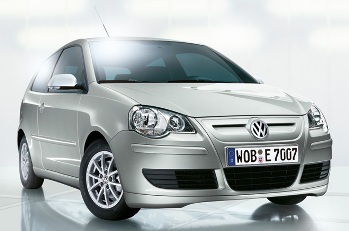Even before the credit crunch became a recession, car buyers had begun to gravitate towards smaller, lighter and more fuel-efficient models. This month at the Detroit Motor Show, small cars were the focus of media attention – eclipsing for the first time interest in SUVs and sports cars.
Buying habits are already changing. Last year in Britain, for the first time, more small cars were sold than larger models.
The Environmental Transport Association (ETA) has been rating the environmental credentials of cars for over 15 years, but to anyone who has been looking, the signs of a gradual change in tastes have been all too evident; average carbon-dioxide emissions from new cars in Britain have fallen by more than 13% in the last ten years, and this reduction has been driven as much by customer preference as it has improvements in petrol and diesel engine technology.
Does green technology cost more?
 It really depends on what we mean by green. Green can mean quieter or producing less noxious gases from the exhaust, or less CO2, or safer on impact with a pedestrian and it can mean all of these aspects at once.
It really depends on what we mean by green. Green can mean quieter or producing less noxious gases from the exhaust, or less CO2, or safer on impact with a pedestrian and it can mean all of these aspects at once.
Twenty years ago people were concerned most about the noxious gases. Reducing these gases required new technologies. Cars with these new technologies cost more than their more basic cousins and consequently they were introduced on more expensive models first.
When the European government became responsible for approving new car designs it introduced tighter pollution standards and every few years the threshold was increased. This meant that, over time, one had to buy less polluting vehicles because poor polluting vehicles were simply not on offer.
VW is among the manufacturers that offer cars with an advanced filter that removes from the exhaust gases every trace of particulate. Diesel engines produce less CO2 and are more fuel efficient and reliable than their petrol counterparts, but these advantages come at a human cost. The soot contained within diesel exhaust is part up of particulates so small that they induce a “stress response” in the brain and exacerbate conditions like asthma in the young. The Polo Blue Motion and cars like it may have a relatively high price, but the value of their green technology is higher still.
A spokesperson for the Environmental Transport Association (ETA) said: “If the only criterion when buying a car is cost, then cutting-edge green technology of this kind is bound to seem expensive. But if we are looking at greenness in terms of CO2 emissions then, in general, the cheaper the car the lower its CO2 emissions. This is because cheaper cars tend to be lighter than expensive cars.”
0 Comments View now